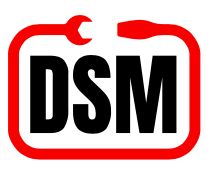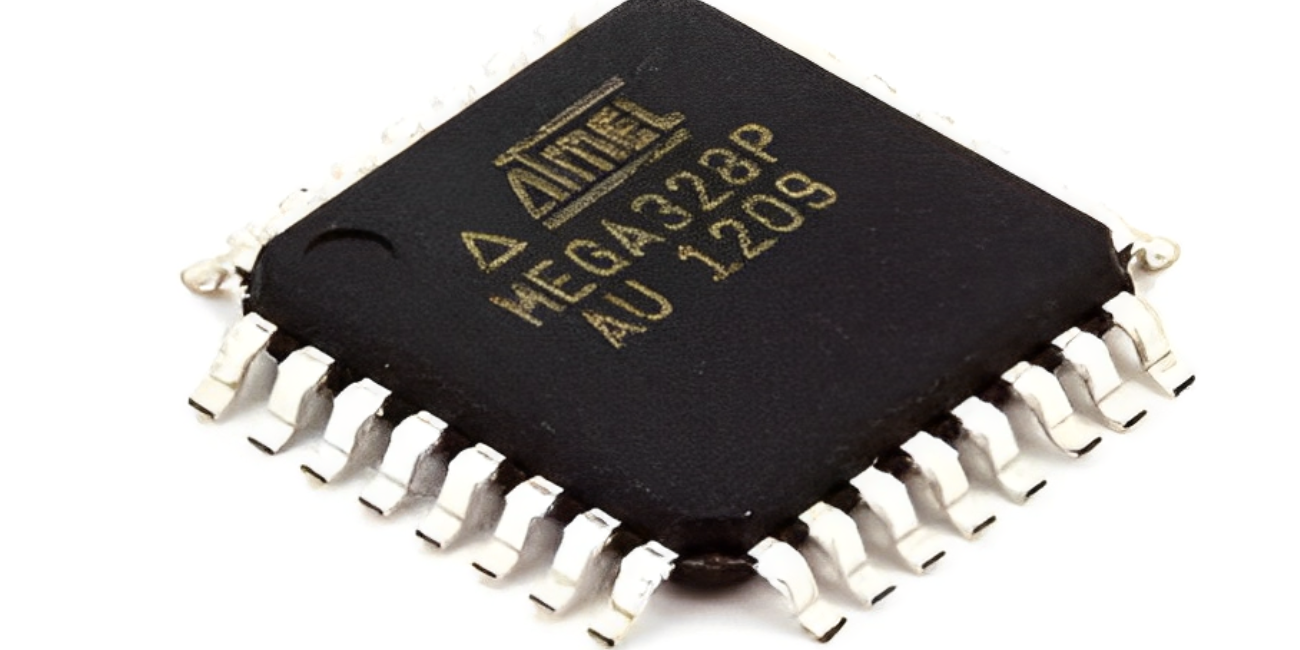Powering Innovation: Decoding the Atmega328P SMD Microcontroller (TQFP Package)
In the expansive universe of embedded systems and DIY electronics, certain components stand as true titans. Among them, the Atmega328P microcontroller reigns supreme, largely thanks to its starring role in the ubiquitous Arduino Uno. While many are familiar with its Through-Hole Technology (THT) variant, a significant portion of modern designs leverages its more compact cousin: the Atmega328P SMD Microcontroller TQFP Package.
This blog post will delve into the intricacies of this powerful chip in its surface-mount form, exploring its advantages, applications, and why understanding the TQFP package is crucial for advanced electronics development. If you're looking to graduate from breadboard-only projects to creating custom, compact, and production-ready devices, this is the chip you need to get acquainted with.
The Enduring Legacy: Why the Atmega328P?
The Atmega328P, a member of Atmel's (now Microchip's) AVR family, has earned its legendary status due to a compelling blend of features:
- 8-bit AVR RISC-based Architecture: Efficient and robust, offering a good balance of performance and power consumption.
- 32KB Flash Memory: Ample space for diverse firmware, from simple LED blinking to complex sensor arrays.
- 2KB SRAM: Enough RAM for managing variables and program execution.
- 1KB EEPROM: Non-volatile memory for storing configuration data or calibration values that persist even when power is off.
- Rich Peripheral Set: Includes multiple Timers/Counters, UART (for serial communication), SPI, I2C, Analog-to-Digital Converter (ADC) channels, and numerous General Purpose Input/Output (GPIO) pins. This comprehensive suite allows it to interface with almost any sensor, display, or actuator.
- Low Power Consumption: Ideal for battery-powered applications.
- Maturity and Community Support: Benefitting from years of widespread use, especially within the Arduino ecosystem, means a wealth of documentation, libraries, and community forums are readily available.
These core features make the Atmega328P a formidable choice for countless embedded applications.
Embracing Compactness: The TQFP Package
While the through-hole (DIP) version of the Atmega328P (like the one found on the Arduino Uno) is excellent for breadboarding and quick prototyping, its larger size isn't suitable for compact, high-density PCBs or mass production. This is where the TQFP (Thin Quad Flat Package) comes into play.
- Surface Mount Device (SMD): Unlike THT components whose leads pass through holes in the PCB, SMD components are soldered directly onto pads on the surface of the board. This drastically reduces the physical footprint.
- TQFP Advantage: The TQFP package is characterized by its very thin profile and leads that extend from all four sides of the package. These leads are spaced very closely together (often 0.8mm or 0.5mm pitch), which can be challenging for manual soldering but allows for high pin density in a small area. For the Atmega328P, the common TQFP package has 32 pins.
- Space Saving: This package type significantly reduces the board space required for the microcontroller, enabling smaller, sleeker, and more aesthetically pleasing final products.
- Cost-Effectiveness in Production: For high-volume manufacturing, SMD components like the TQFP are designed for automated pick-and-place machines, leading to faster assembly times and lower production costs compared to manual insertion of THT components.
Transitioning from THT to SMD: What You Need to Know
Moving from the familiar DIP package to the TQFP SMD version requires a slight shift in your approach:
- PCB Design is Essential: You'll need to design custom PCBs with the correct footprint for the TQFP package. This moves beyond simple breadboard connections.
- Soldering Techniques: Manual soldering a TQFP package requires a steady hand, fine-tipped soldering iron, thin solder wire, and often flux. Drag soldering or hot air soldering techniques are commonly employed. While challenging initially, it's a learnable skill that opens up a new world of electronics design.
- Programming Considerations: The programming interface (ISP or Bootloader via UART) remains the same as the THT version. You'll still use an ISP programmer (like an Arduino as ISP) or a dedicated FTDI programmer to upload your code.
- External Components: Remember that the TQFP Atmega328P is just the chip. You'll need to add external components like a crystal oscillator (typically 16MHz for Arduino compatibility) with load capacitors, decoupling capacitors, and pull-up resistors for certain pins, just as you would with a raw THT chip.
Applications: Where the SMD Atmega328P Shines
The Atmega328P SMD Microcontroller TQFP Package is the ideal choice for projects demanding compactness, efficiency, and robustness:
- Custom Arduino Boards: Creating custom-sized or shaped Arduino-compatible boards for specific enclosures or applications.
- Wearable Electronics: Its small size is perfect for integrating into smartwatches, fitness trackers, or other body-worn devices.
- IoT Devices: Building compact, networked sensors and actuators for smart homes, industrial monitoring, or environmental data collection.
- Compact Robotics: Driving smaller robots where space and weight are critical factors.
- Drones and RC Electronics: Integrating custom flight controllers, ESCs, or other drone peripherals.
- Miniature Sensor Nodes: Developing low-power, compact sensor modules for remote deployment.
- Commercial Products: When designing products for sale, the TQFP package reduces manufacturing costs and allows for sleek product designs.
Conclusion: Your Next Step in Embedded Design
The Atmega328P SMD Microcontroller TQFP Package represents a crucial step for any electronics enthusiast or professional looking to push the boundaries of their designs. It offers the same powerful capabilities as its through-hole counterpart but in a form factor that unlocks possibilities for smaller, more integrated, and production-ready projects. While soldering may present a new challenge, mastering it will significantly expand your capabilities, allowing you to create truly custom and compact electronic solutions. Embrace the TQFP, and elevate your embedded systems design to the next level.

